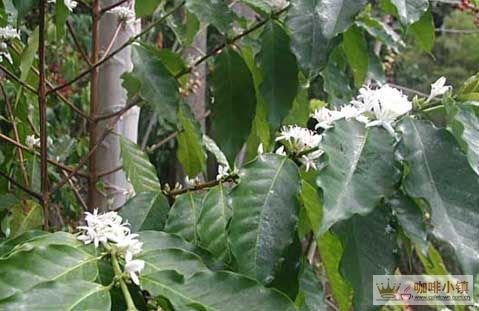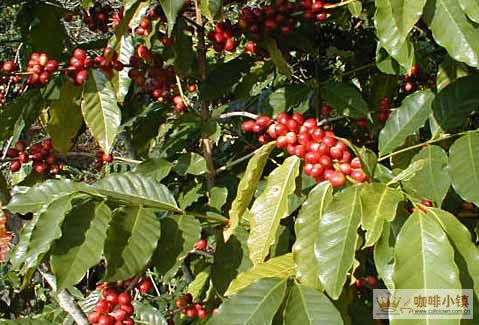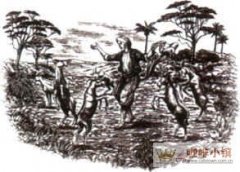Coffee species Coffee Tree species basic knowledge of Fine Coffee

Coffee is called coffea in the biological genus. The genus is a member of the Rubiaceae family. It has more than 500 species and more than 6000 species, most of which are tropical trees and shrubs.

From the point of view of drinkers, coffee trees can be roughly divided into five types, of which Arabica and Robusta are more common.
Arabica species, which account for more than 70% of the world's total output, are generally grown on slopes above 900 meters above sea level and are mostly found in tropical high-altitude areas such as Central and South America, East Africa, Southeast Asia and Hawaii. Corresponding to its pleasant aroma and rich taste, the tree needs more manual care, and it also requires higher stability of temperature and humidity in the climate, so the price is naturally more expensive. Arabica is divided into many varieties, including the ancient Bourbon, and some other excellent varieties, such as Catuna, Catuai, Typica and so on. The above varieties are generally adopted in most planting countries, of course, they may be purebred, crossbred or mixed-that is, different varieties will be planted in one manor and then blended together after picking. In order to increase the complexity of coffee flavor. But there are some exceptions. Sumatra grows the endemic Sumatran species (Sumatra), while ancient growing countries like Ethiopia have their own unique and traditional varieties.
Robaxter, which is more adaptable to the environment, tastes mediocre and bitter, and more importantly, its caffeine content is 2 to 3 times higher than that of Arabica. Generally grow on the slope of 200 to 600 meters above sea level, the requirement of manual care is very low, the price is low, and it is mostly used for canned and instant coffee.
Important Notice :
前街咖啡 FrontStreet Coffee has moved to new addredd:
FrontStreet Coffee Address: 315,Donghua East Road,GuangZhou
Tel:020 38364473
- Prev

The legend of the origin of coffee the source of the story of coffee beans
At present, coffee has become an indispensable drink in our lives, but in the long journey of looking for coffee, we seem to feel the endless romance of people's enthusiasm and adventure. How on earth did coffee, quietly grown in the depths of the quiet forest, be discovered and widely accepted all over the world? And how did it start to grow? In the legend of countless coffee discoveries
- Next

The growing period of picking coffee beans.
After 3 or 4 years of growth, the coffee tree matures and begins to bear fruit, and the fruit will be arranged in clusters or clustered together along the branches. The coffee beans we see are the seeds of the coffee tree. The outside of the seed is a layer of pericarp, with the maturity of coffee beans, the pericarp will change from green to red, as soon as it turns red, it can be harvested. The structure of coffee fruit is that there is a layer of pulp (mesocarp) under the exocarp.
Related
- Beginners will see the "Coffee pull flower" guide!
- What is the difference between ice blog purified milk and ordinary milk coffee?
- Why is the Philippines the largest producer of crops in Liberia?
- For coffee extraction, should the fine powder be retained?
- How does extracted espresso fill pressed powder? How much strength does it take to press the powder?
- How to make jasmine cold extract coffee? Is the jasmine + latte good?
- Will this little toy really make the coffee taste better? How does Lily Drip affect coffee extraction?
- Will the action of slapping the filter cup also affect coffee extraction?
- What's the difference between powder-to-water ratio and powder-to-liquid ratio?
- What is the Ethiopian local species? What does it have to do with Heirloom native species?

